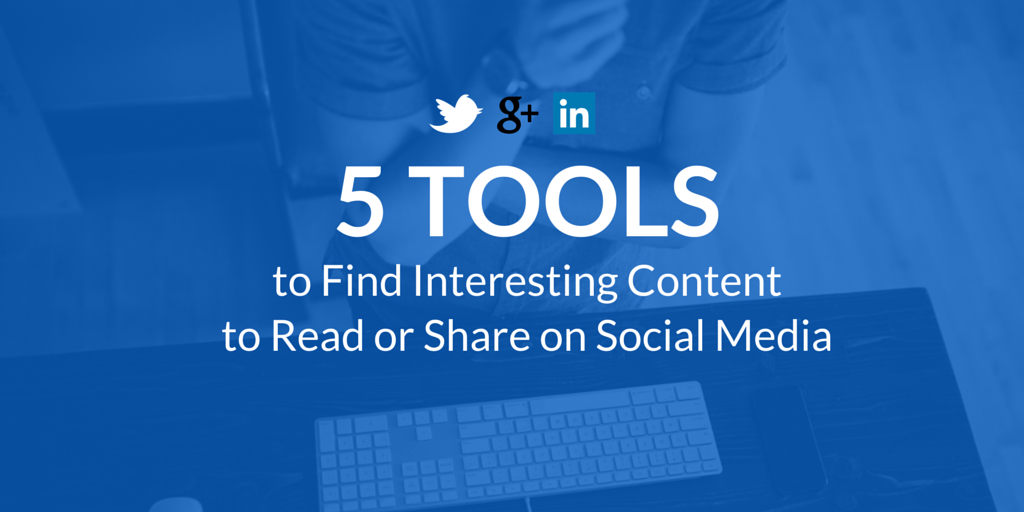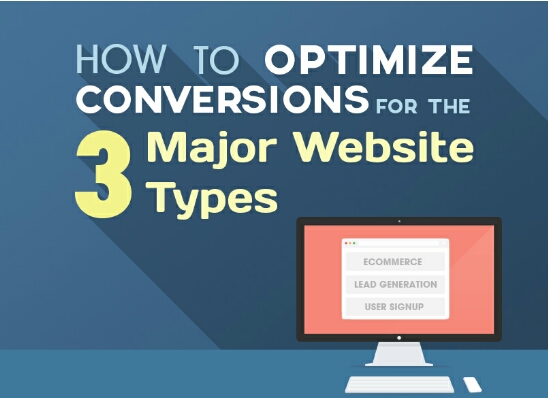8 Things to Consider When Running Purchase-Based Targeting on Social Media
In planning your social media marketing, a crucial factor to take into account is the purchase behavior of consumers — from what they buy to how they buy it. Here are eight important things to consider when running purchase-based ads on social media.
While there is no perfect formula in coming up with the best social media strategy, businesses can achieve utmost efficiency by carefully planning their scheme. In an article by Propelrr, instead of settling for a one-size-fits-all cookie cutter solution, marketers need to analyze their current social metrics first so they can create a new set of targets based on their analysis.
In planning your social media marketing, a crucial factor to take into account is the purchase behavior of consumers — from what they buy to how they buy it. Here are eight important things to consider when running purchase-based ads on social media.
1. With great efficiency comes great costs
According to Todd Morris, executive vice president for mobile marketing of digital media company Catalina, buyers filter out 98% of the products in a store. Thus, it just makes sense to focus on what customers are interested in, especially when purchase-based targeting gets you twice better results. Moreover, Morris underscored that such strategy lets businesses further engage their best customers.
Angela Steele, CEO of Ansible, a mobile marketing shop, agreed, albeit adding that getting purchase data is “much more costly” as higher efficiency is required of the system and data sources. This makes it all the more essential for you to plan your campaign goals.
2. Target consumers, not devices
Aside from reaching their website visitors on social networking sites through retargeting, businesses can better track consumers on social media, that is, if done right. People use a variety of devices and devices can have multiple users. With this multiplicity, the data gleaned from devices through cookie targeting alone does not make for a sound analysis of your target market. For instance, a computer could be shared by all members of a household and merely looking into the websites visited on that device will result in a disarray of online behaviors. However, if you track people based on their social media logins, you will reach the consumers themselves, making ID targeting a more efficient approach.
3. Make the best use of your consumers’ location
According to the 2014 Mobile Behavior Report by Salesforce, consumers are divided on sharing their location. A large percentage or 63% who don’t use location sharing just don’t want to while 35% say that this feature eats up their batteries. Meanwhile, 76% of people who share their location say that it contributes to more meaningful content while 73% describe location sharing as useful.
Consumers who choose to share their location, then, expect something in return. Use this knowledge of where they are and where they buy products to your and their advantage. For example, tailor your ads and deals depending on which physical stores of yours need more in-store purchases.
4. However, take extra care when it comes to privacy
While data from location-sharing is practical for businesses and willing consumers, marketers should be aware of privacy issues that may arise from tracking down consumers’ purchase behaviors. On one hand, consumers themselves have control over what they want to share and to receive. For example, aside from the location-sharing feature, consumers can also change their privacy settings on their social media accounts.
On the other hand, following consumers’ buying habits without their informed consent will land you in trouble. In March 2013, Sen. Al Franken called out Euclid Analytics for collecting information on people’s movements via the MAC addresses in their smartphones. With this, it is important that you check existing regulations, especially regarding privacy and to secure permission before collecting any data.
5. Compel people to follow you
Consumers are exposed to tons of ads each and every day even on social media alone. Set your brand apart by making it easy — and compelling — for social media users to do your desired set of actions. Catch their eye with offers that they won’t find elsewhere. Make your landing pages accessible on any device. Let them do more on your social media site like customizing video messages and sending gift cards. Give them a great sneak peek of what’s in store for them. More importantly, direct them to the “Like” or “Follow” button. Remember, you already know their purchase paths so you’ll just have to lead them to your brand.
6. Aim to have your brand integrated in consumers’ online habits
In planning marketing campaigns, always strive to go beyond advertising. Aside from leading consumers to your social media sites, lure them into making your brand part of their online behavior. One way to do this is to have them download your mobile app so they can receive push notifications or alerts that they can personalize to their preferences. These alerts can not only provide them coupons and deals, but can also facilitate their online purchases, which, in turn, can further help you gain insights into their spending patterns.
7. Make — and keep — things exciting
According to Morris, smartphone shoppers generally spend 40% more than other consumers because of the deals that mobile users get when they are in stores. In this light, always be ready with a bevy of deals and bargains for your target market. First, these offers will draw them in and second, these will keep their expectations in check so you can make them stay. For instance, an infographic design on ecommerce by Killer Infographics shows that 58% of Facebook users look forward to exclusive offers and events when they become fans of your page.
8. Maximize your ad campaign across different social media platforms
Analyze your target market as well as the varying pros and cons of each social media site. Go beyond Facebook and Twitter and take advantage of other sites such as Google Plus, YouTube, LinkedIn, and so on. For instance, while Twitter generates publicity through trending hashtags, YouTube makes a great avenue for video ad clips. Nevertheless, social media sites can make use of login information so you can still track consumers no matter what online platform you choose.
At the end of the day, there is no one social media marketing rule to cover all your bases. Social media as well as consumers themselves are fluid and constantly changing. However, you will do best by carefully planning and integrating these eight considerations in your social media campaigns.















